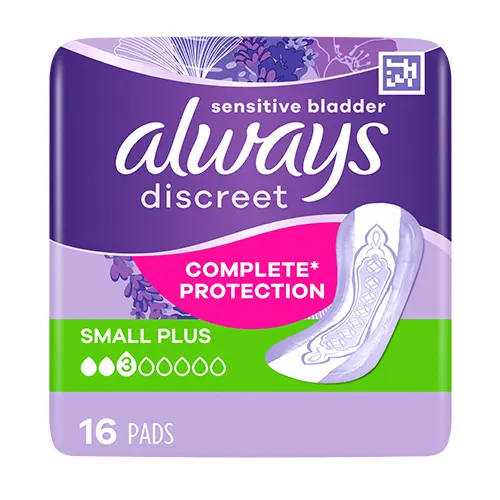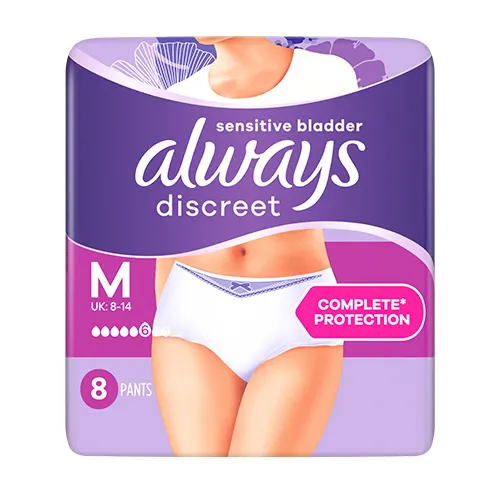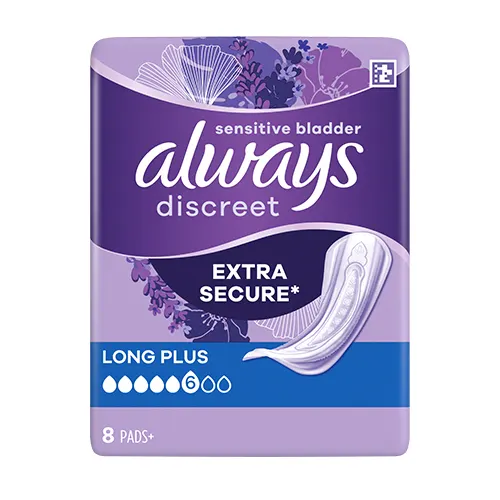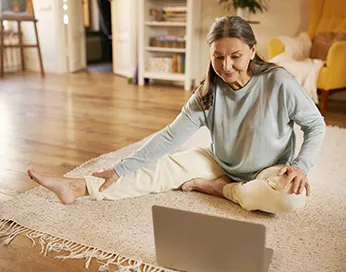
Overactive Bladder Treatments to Fit Your Lifestyle
Having an overactive bladder can be uncomfortable, and frankly a little annoying. There may be nothing more tiring than running back and forth to the bathroom a zillion times a day. While feeling the sudden urge to urinate multiple times a day isn’t exactly a walk in the park, it doesn’t have to slow you down. Identifying the symptoms and understanding the causes of overactive bladder is key for putting together a bladder management plan that doesn’t hurt your daily routine.
What is an overactive bladder?
Having an overactive bladder means that your bladder muscles contract involuntarily, creating the urge to urinate, even when the bladder isn’t full. This means getting the urge to go more than 8 times per day – and even getting up more than twice in the middle of the night to tinkle.
Why does this happen?
Overactive bladder, also known as urge incontinence, occurs when the nerves surrounding your bladder fire too often or too intensely. This makes your bladder muscles contract and sends you running to the bathroom.
Overactive bladder is caused when the nerves or muscles around the bladder are damaged. As a result, the bladder wall spasms, which makes you feel a continuous and uncomfortable urge to urinate. Damage to other parts of the nervous system can also play a part, especially when there’s a hiccup in the communication between the bladder and the brain. This means that the brain doesn’t receive proper signals that it’s time to go.
Conditions such as multiple sclerosis, Parkinson’s disease, diabetes, and stroke can cause damage that leads to urge incontinence. Some medications can also play a role.
What can you do about it?
While it may feel overwhelming at first, a number of straightforward lifestyle changes can help you manage your overactive bladder and bring big relief. Life is too sweet to let something like bladder irritation stand in your way of living it to the fullest. Try out these overactive bladder treatments below.
Exercise your pelvic floor:
The pelvic floor is a system of muscles and ligaments that form a sort of basket to support your urinary system. Exercises for your pelvic floor – you may know them as Kegels – can strengthen the muscles enough to help overcome spasming. Just like with any physical exercise, results are seen over time. Practice makes perfect. Keep at it and results may be right around the corner. Read about how to perfect your pelvic floor exercise routine here.
Stay hydrated:
This may seem counterintuitive as an overactive bladder treatment. After all, if you have frequent and intense urges to urinate, why would you want to drink more? However, when you don’t drink enough water, your urine becomes more concentrated and acidic, which can irritate your bladder. So, be sure to drink enough every day.
Adopt a bladder-friendly diet:
Certain foods and beverages can act as irritants to your urinary system (mainly by making your urine more acidic, prompting the urge to urinate more often). These include citrus, alcohol, caffeine, fizzy beverages like seltzer and carbonated soft drinks, and even chocolate. Give your bladder a break by limiting these foods. Avoiding foods that are highly acidic like tomatoes and cranberries (Surprise! Drinking cranberry juice actually isn’t that great of an idea despite popular wisdom) can also ease your symptoms. Spicy food is another big culprit. Keeping your food bladder-friendly is a straightforward overactive bladder treatment to get control back in your hands.
Try bladder training:
Bladder training can both lengthen the amount of time between your bathroom trips, and increase the amount of urine your bladder can hold, giving you more bladder control. Start by holding your urine for five minutes every time you feel the urge to go. When that starts to feel easy, try holding it for ten minutes, and gradually work your way up, strengthening your bladder muscles over time. Another way to train your bladder is to make a ‘go schedule’ in which you use the bathroom on a fixed schedule – say, every hour at first – whether or not you feel the urge to urinate. Once you feel comfortable with your schedule, try increasing the amount of time between each scheduled bathroom visit.
Double void:
The double-void technique is a way of urinating that ensures you have voided all of the urine from your bladder, so you won’t be caught off guard with an urgent need to go just a short time after leaving the bathroom. Here’s how to do it. After you’ve finished urinating, remain on the toilet for 30 seconds, and urinate again.
Wear bladder leakage products like Always Discreet:
Ok. This one you don’t have to do at home. Always Discreet pads and liners give you incredible leakage protection and are compact enough to be stashed in your purse so you are always ready to dance, smile, laugh, and, most importantly, not be worried about little leaks throughout the day.
The Always Discreet line has a range of products, including liners, pads, and underwear, each tailored to meet your unique absorbency needs. Always has taken their trusted absorbency technology and applied it to urinary products, for bladder protection that is comfortable, flexible, and help keep you dry.
Going the doctor route
If you’re not seeing results from behavioral remedies, you may want to consult your doctor about your medical options. Each has its own advantages and disadvantages, so be sure to weigh each option and choose which is best for you and your lifestyle.
Some alternative remedies
We know that having an overactive bladder isn’t always easy. But it doesn’t need to rule your life! Here are some off-the-beaten-path overactive bladder treatments that are straightforward and simple, but deliver a big payoff!
Get moving:
Exercising can help shed extra pounds. Weight management is helpful for an overactive bladder because excess weight puts pressure on the bladder and the pelvic floor muscles, which can lead to stress incontinence. Just going for more walks around the block (or in the park) is a simple and easy way to get moving.
Get regular:
Having regular bowel movements eliminates extra and unnecessary pressure on your bladder. To stay regular, be sure to eat lots of fiber. Try eating prunes as snacks for an overactive bladder treatment that is sweet to eat and delivers an extra boost to get your system moving
Acupuncture:
Using very fine needles inserted into pinpointed, strategic places in your body, acupuncturists can target specific nerve pathways related to urination. This may ease some of the symptoms of an overactive bladder.
Stop smoking:
Cigarette smoke can aggravate your bladder muscles. Smoker’s cough can also trigger little leaks of urine. Living a healthy lifestyle can greatly improve symptoms of an overactive bladder!






